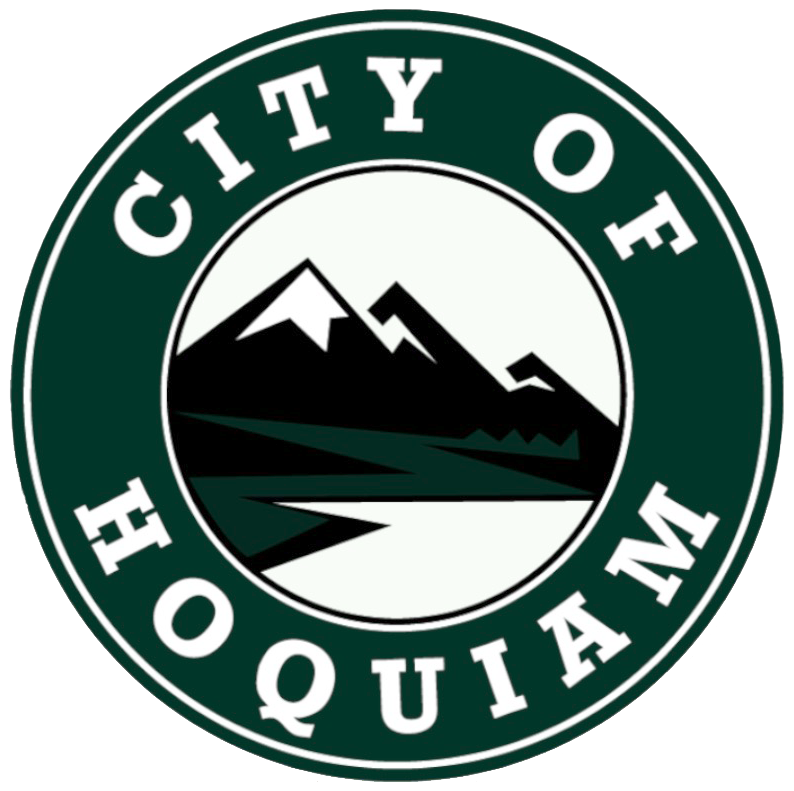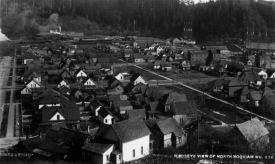A Brief History
Hoquiam and Lumber
Courtesy of Jones Collection
From 1880 onward, Hoquiam's growth depended primarily on the lumber industry. The first of Hoquiam's early mills was a joint project by A. M. Simpson, a San Francisco lumber baron, and George H. Emerson (1846-1914), his agent and the man who became widely known as "the Father of Hoquiam."
In 1881 Emerson purchased 300 acres to build the mill from early settler Johnny James. Laborers completed the mill, which became known as the North Western Lumber Company, in August 1882. Emerson became its first president, and in a sign of lumbermen's domination of local affairs that was to follow for the next century, he determined how and where the town's streets should be arranged.
Alongside the great mill grew a host of service industries. By 1890, Hoquiam was already home to several grocery stores, saloons, restaurants, and hotels. Making these businesses work were teams of clerks, teamsters, porters, and longshoremen.....[historylink.org]
Working to Get a Railroad
A key to the move for incorporation was the need to wield an effective lobby group for Hoquiam-friendly policies, namely legislation favorable to the lumber industry, the attraction of immigrants to work in the mills and woods, and most importantly, the extension of a railroad into the city. Emerson and his colleagues understood the central importance of the railroad to their project to develop Hoquiam and exploit the region's vast resources.
In the 1880s and 1890s cities in Washington state fought bitterly over the extension of rail lines into their settlements and cities. Although the Northern Pacific did not extend its line into Hoquiam until 1899, rumors that Hoquiam might become the railroad's Western terminus attracted immense settlement and investment. The year 1889 proved a boom year for Hoquiam speculators. In that year alone, during which Hoquiam organized as a city and rumors of the railroad’s imminent arrival were loudest, Hoquiam's population more than tripled from 400 to 1,500. In 1890, building in the city tripled, and property values advanced by more than 1,000 percent......[historylink.org]

